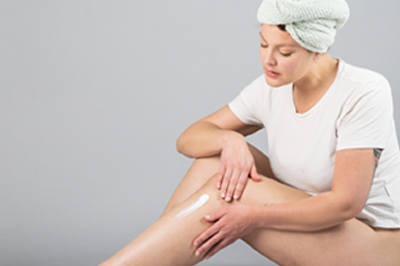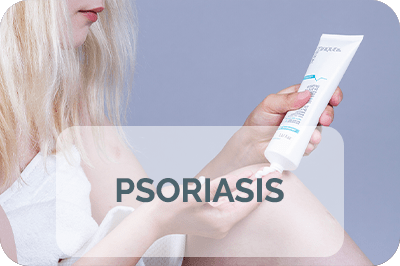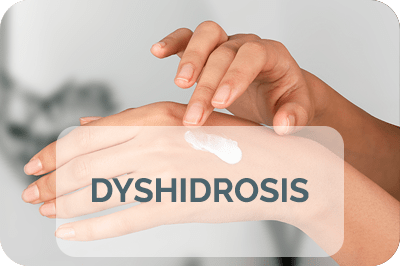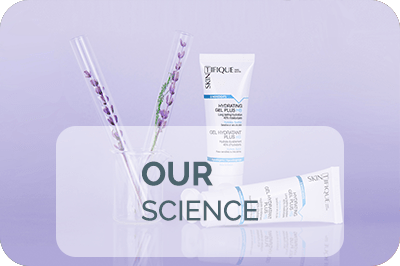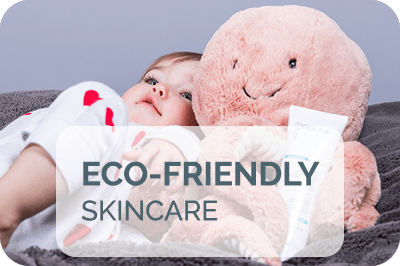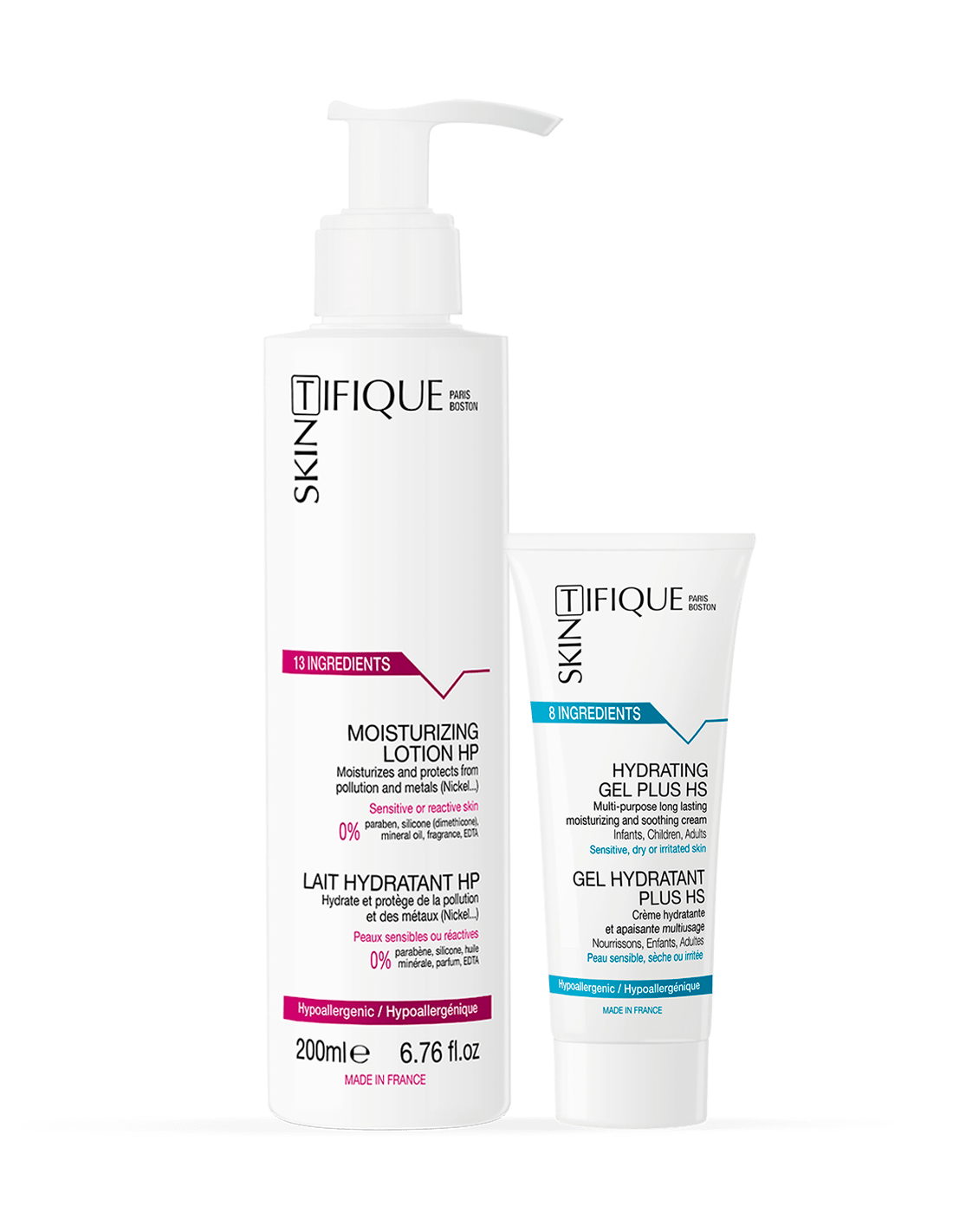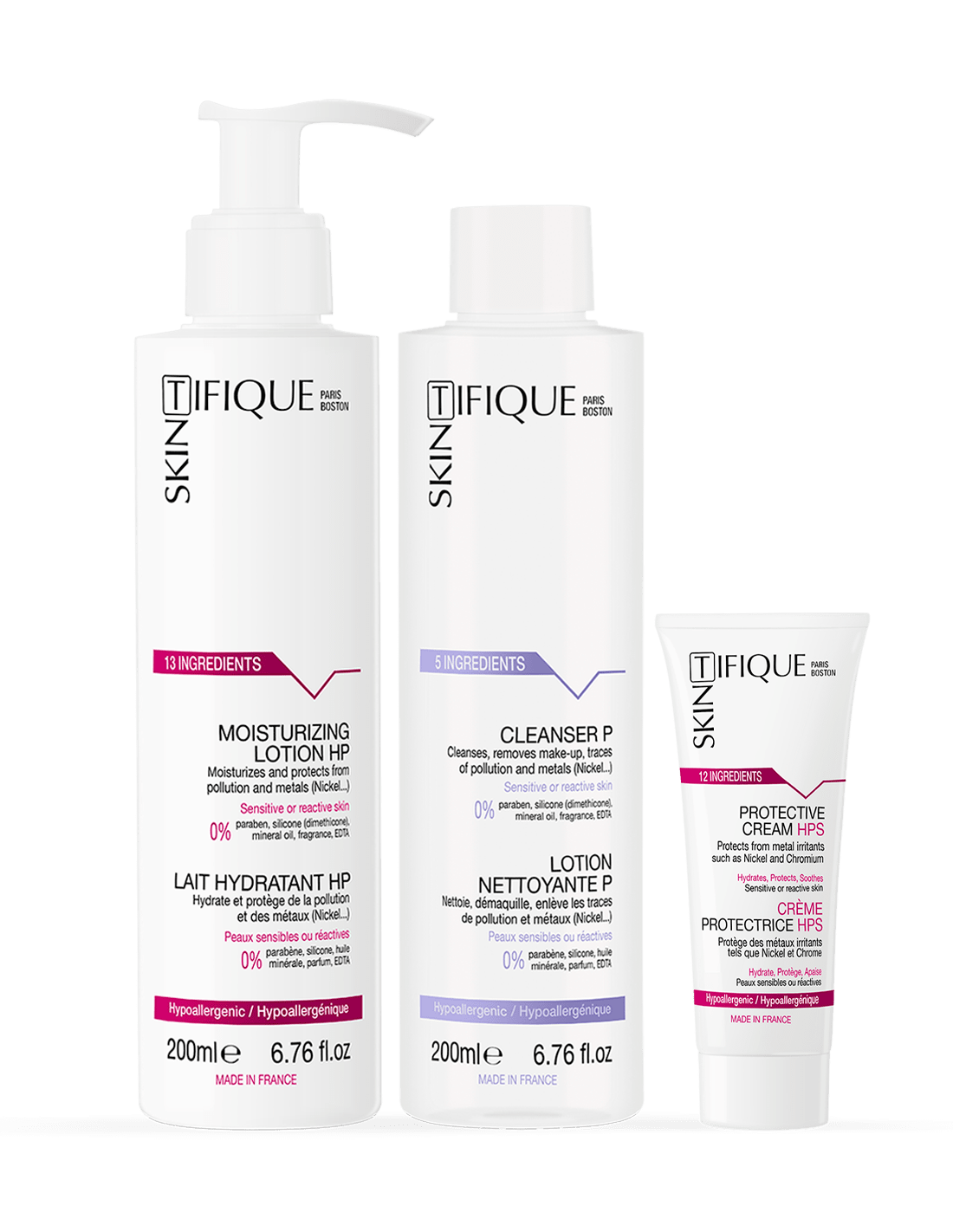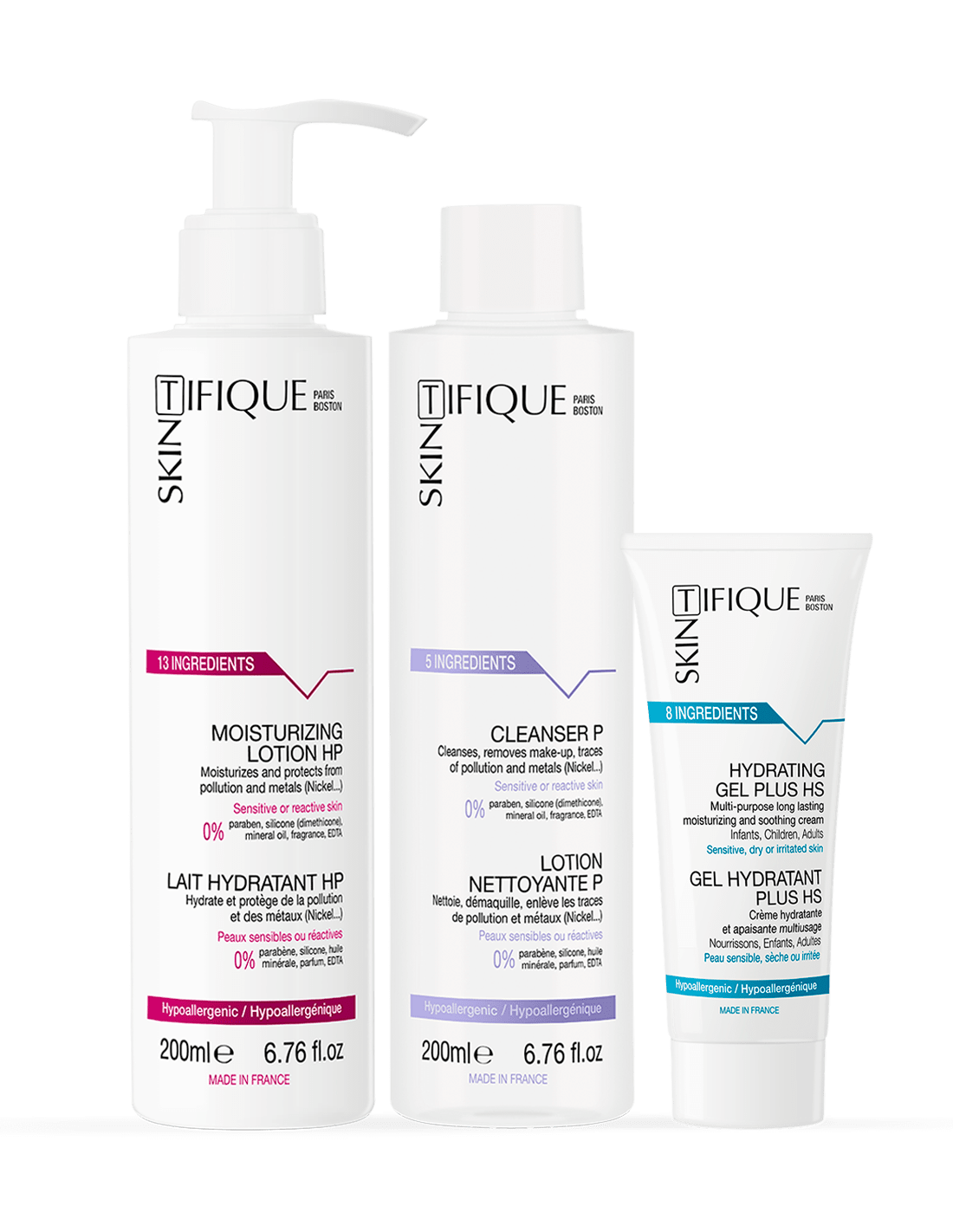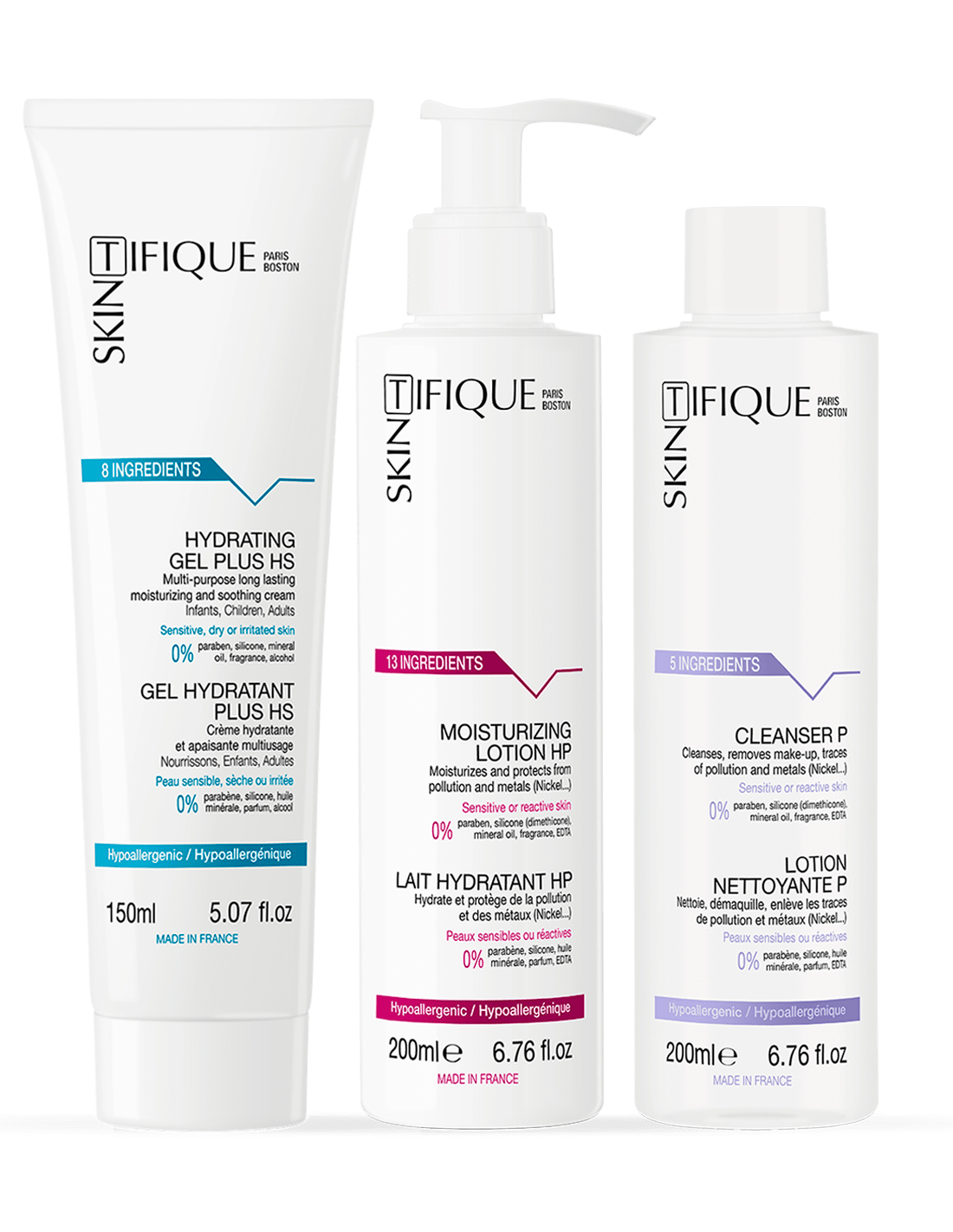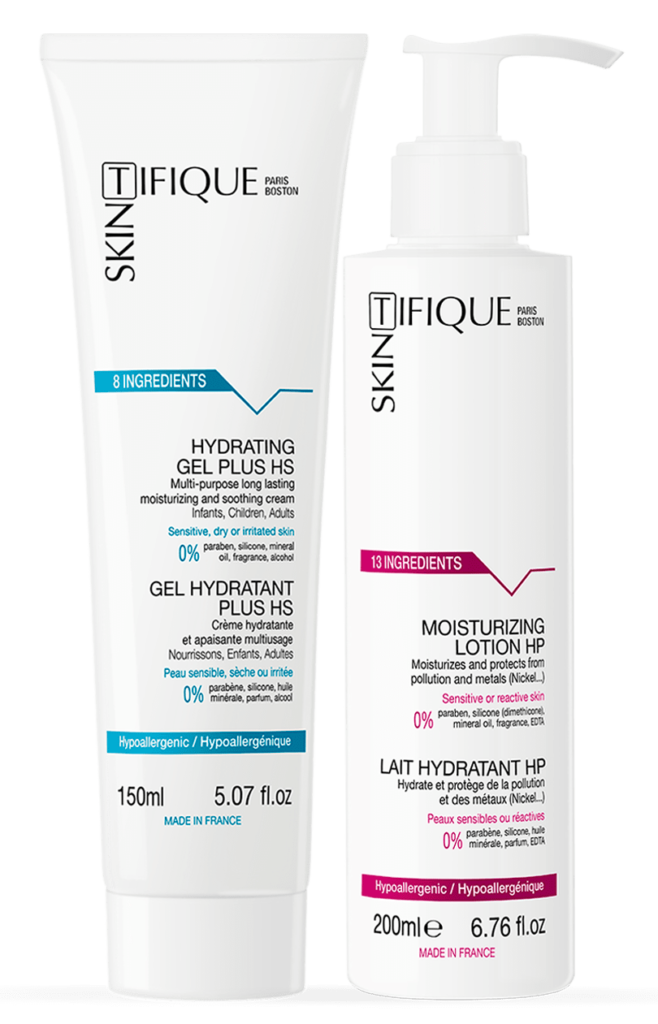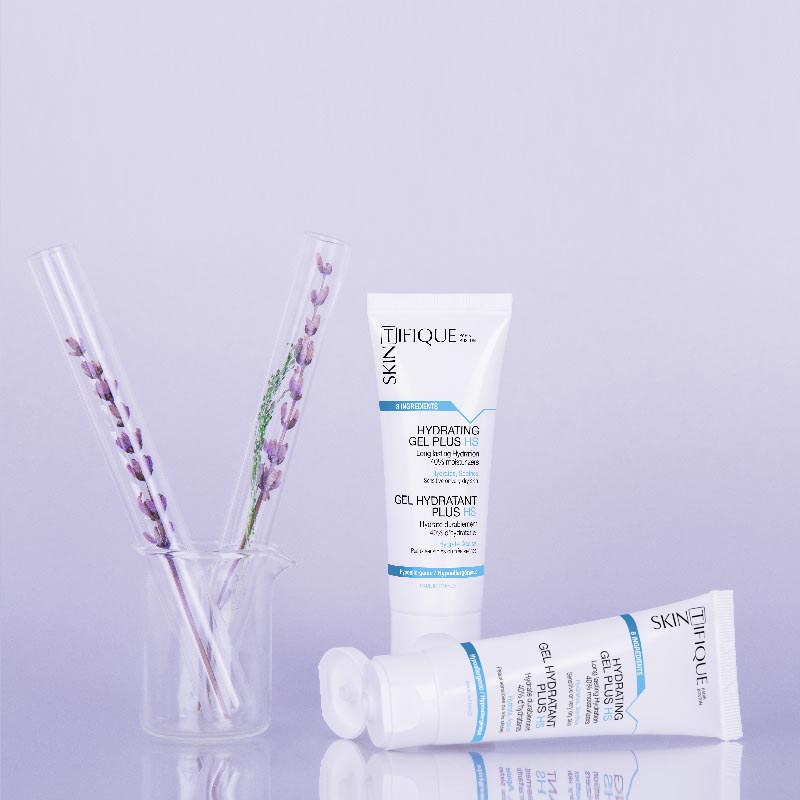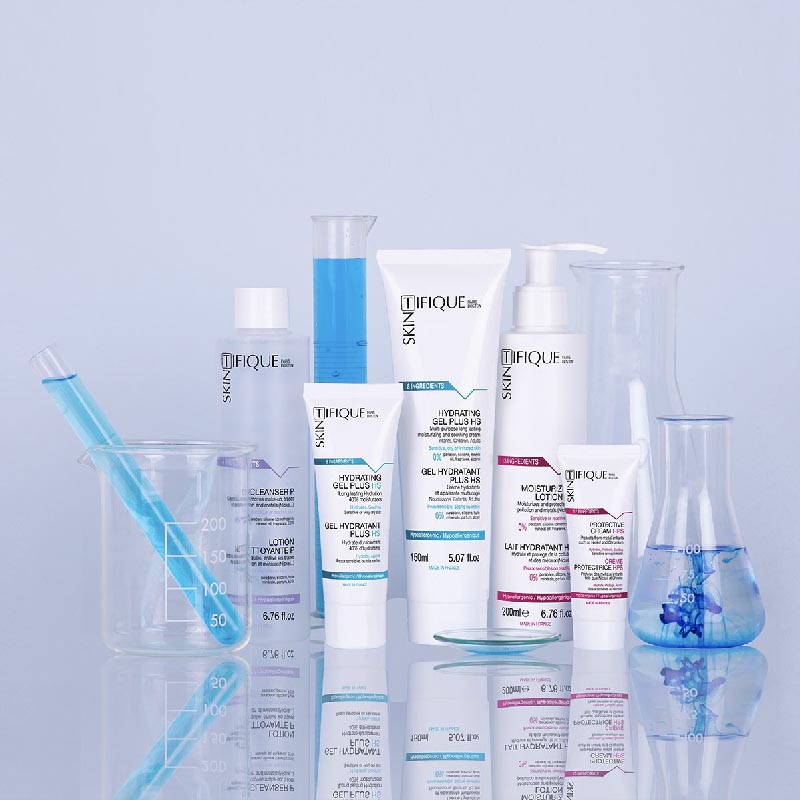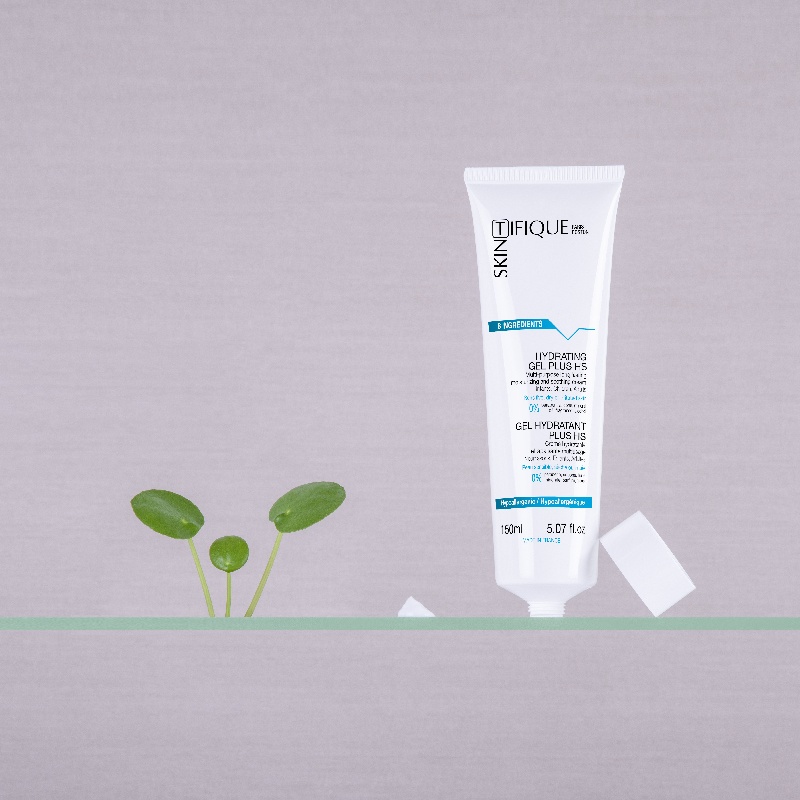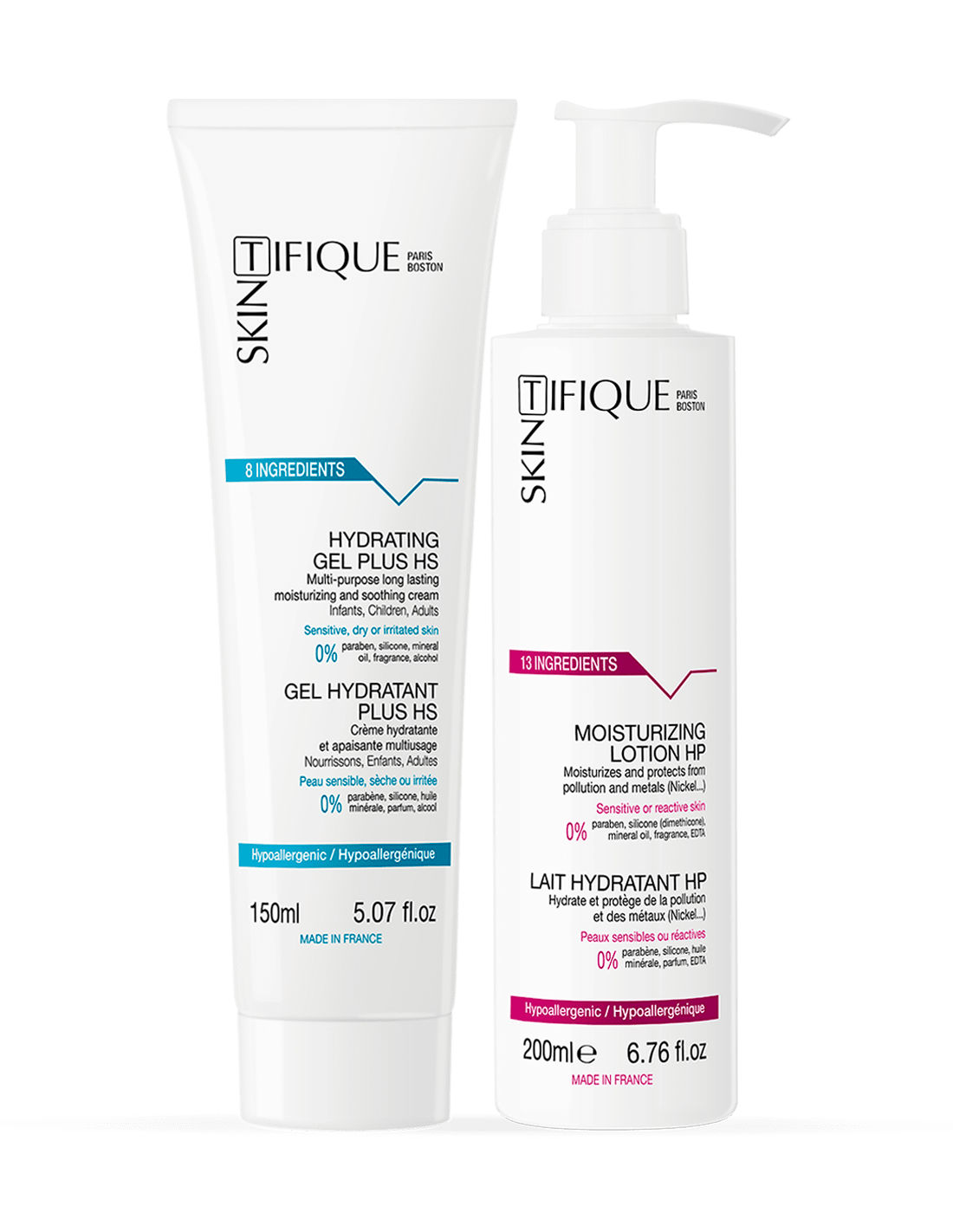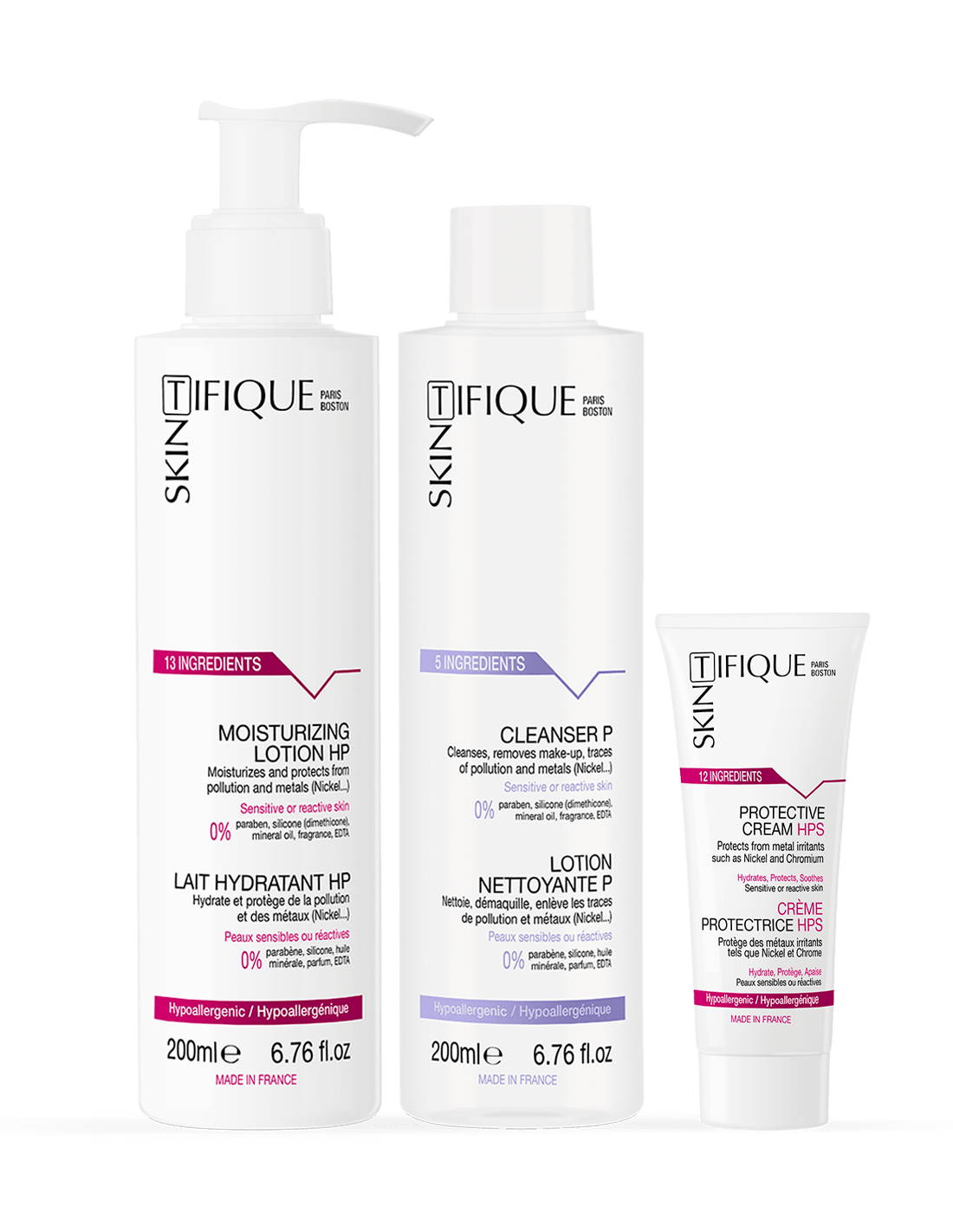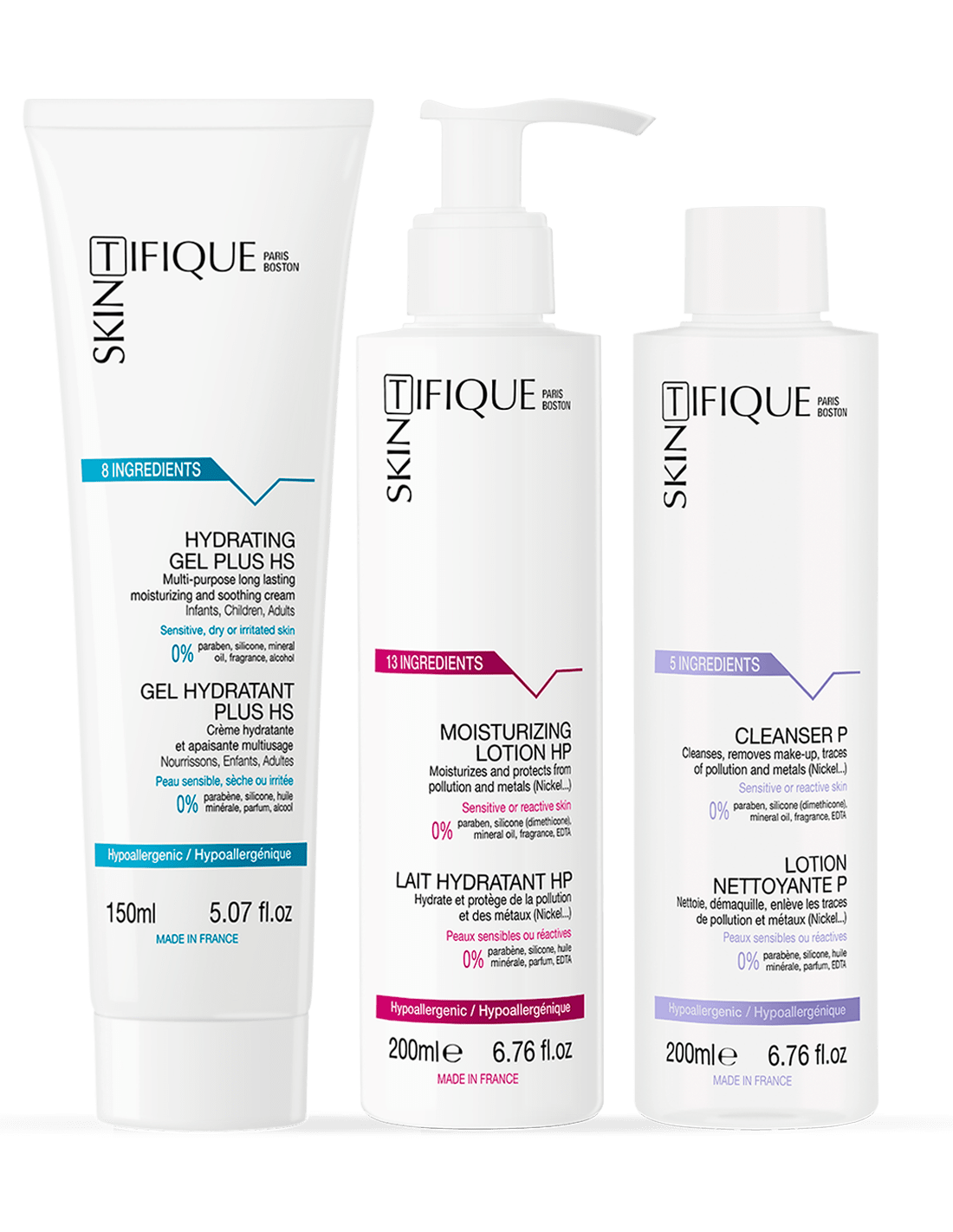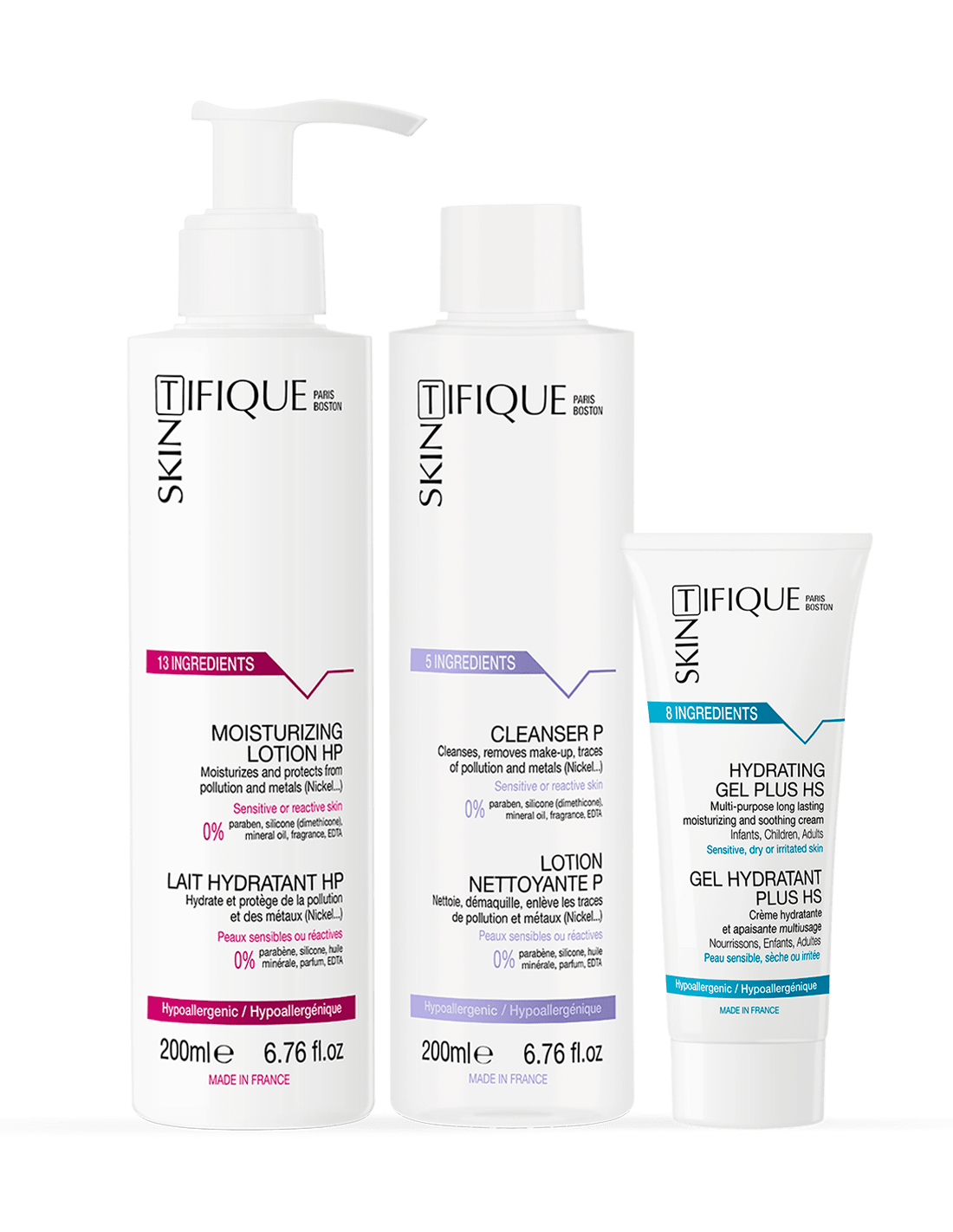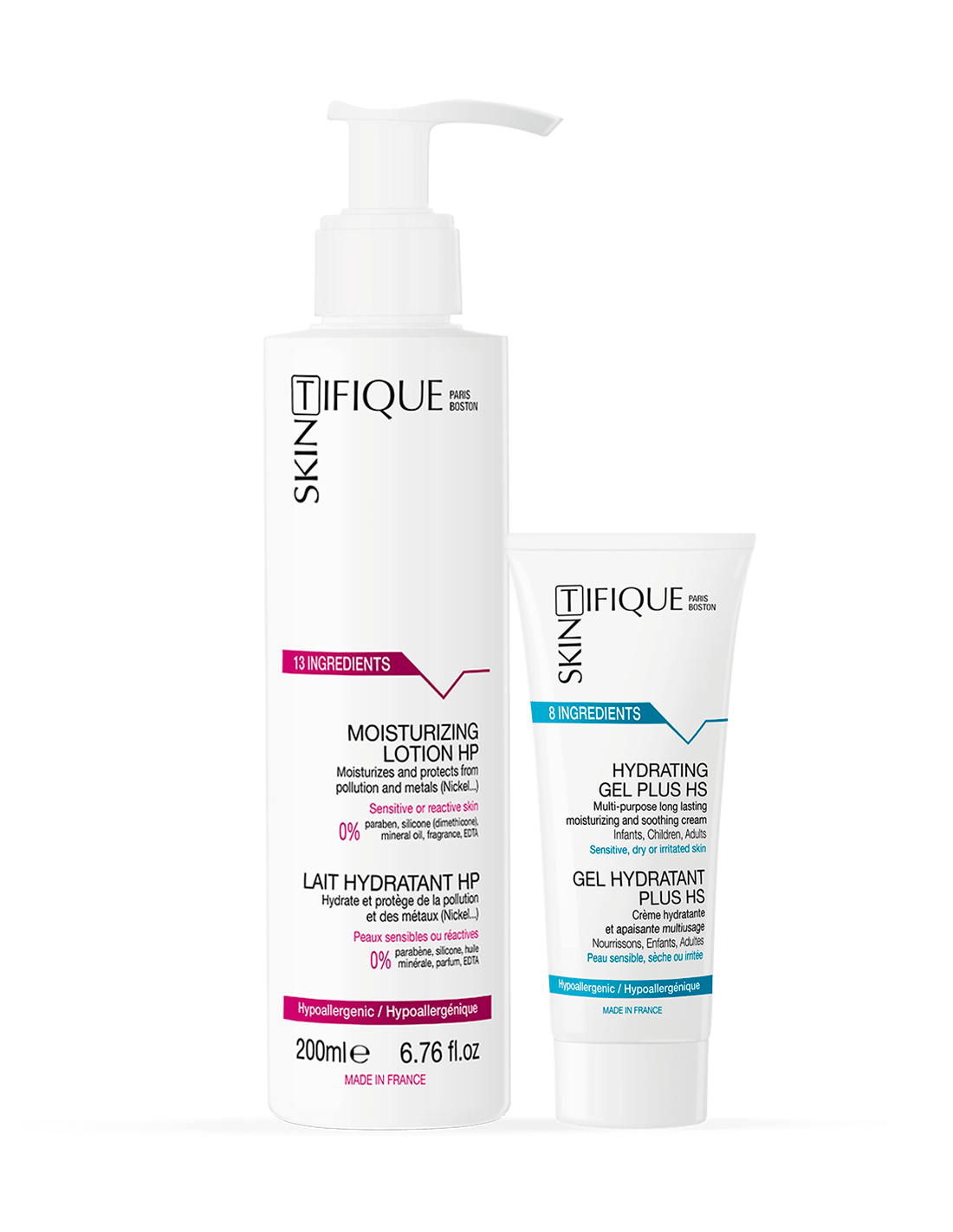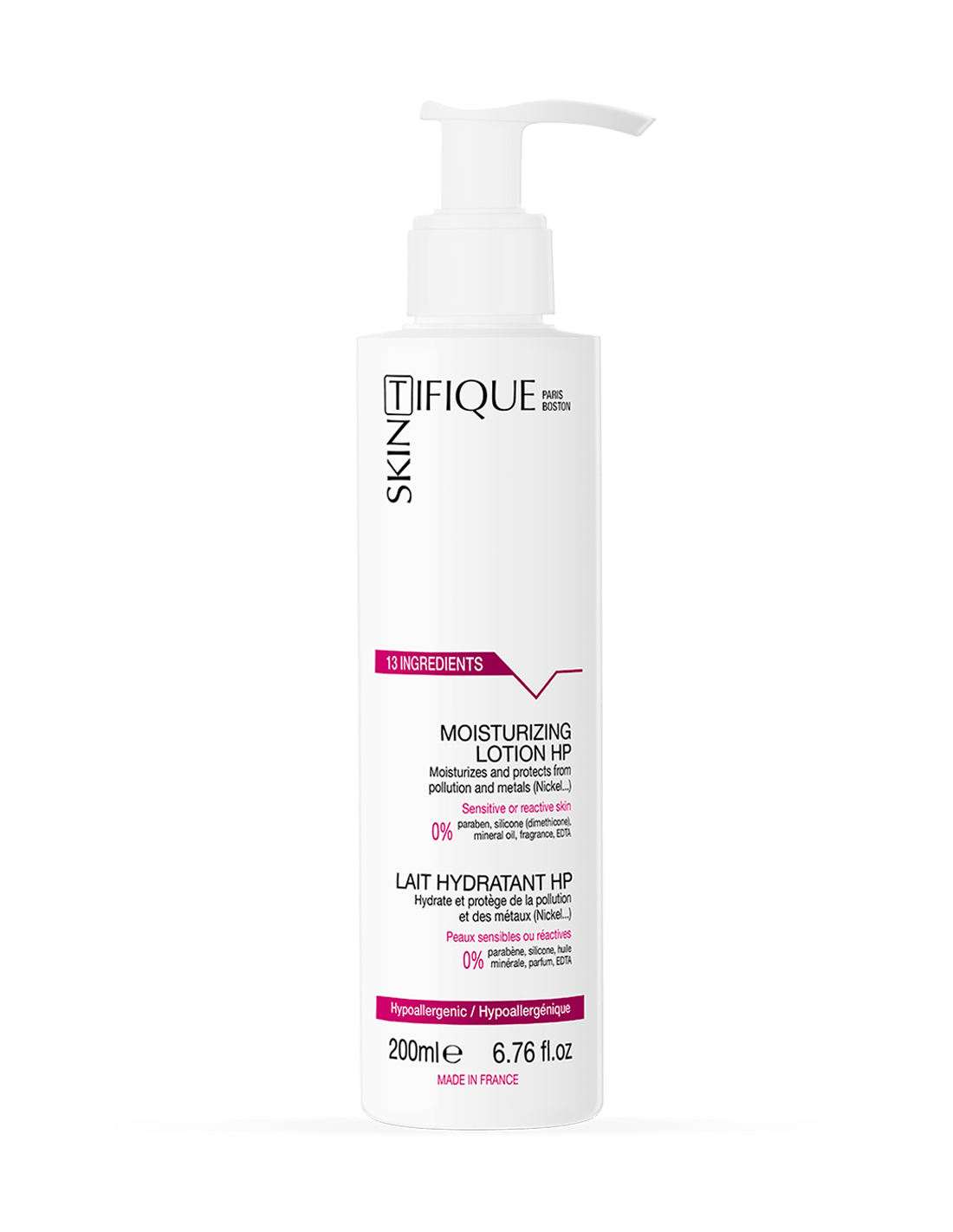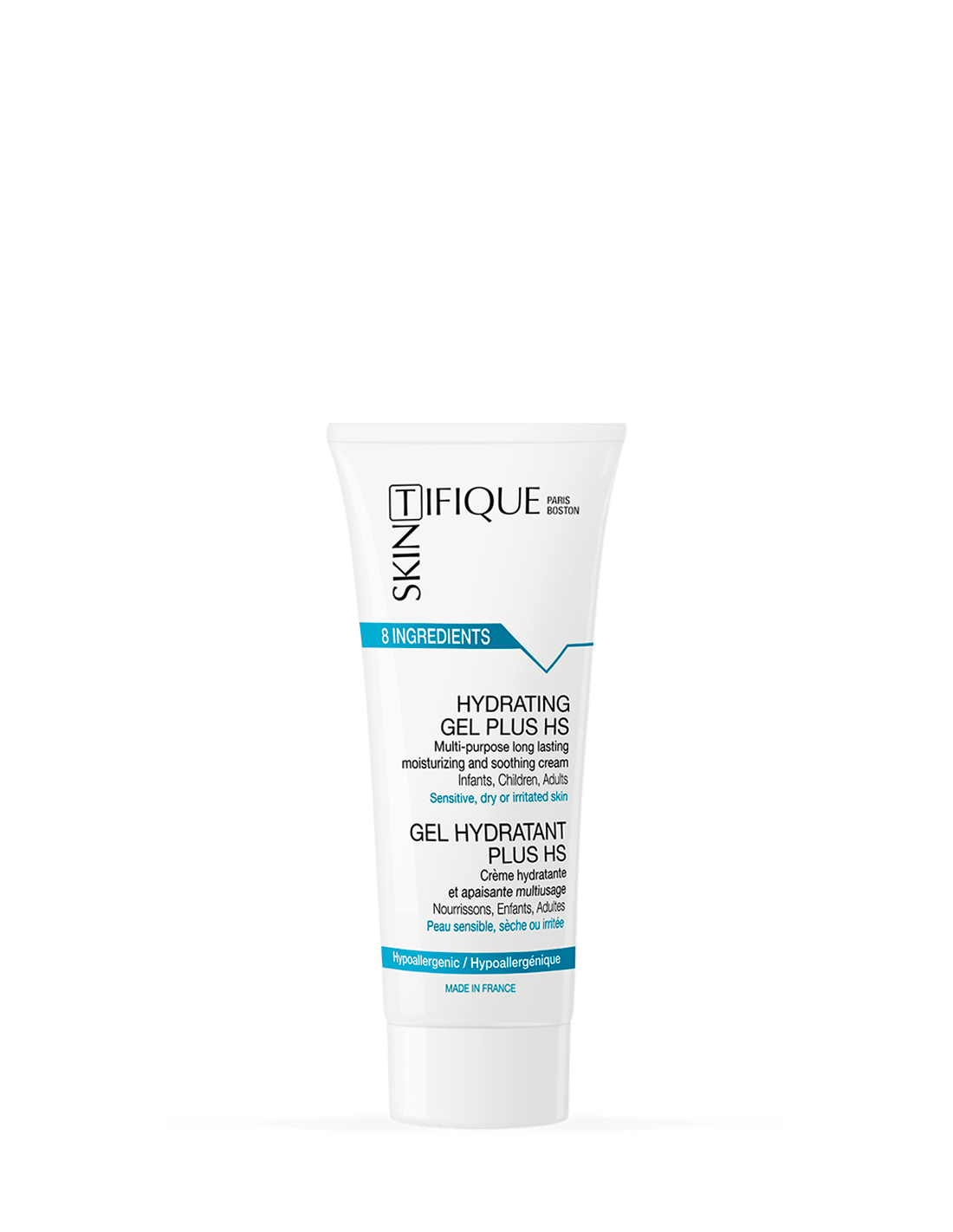=
recovered freedom
people found a significant improvement in skin quality
Adapted routine
=
recovered freedom
If atopic eczema, contact eczema and seborrheic eczema manifest in the same way (red patches, itching, irritation, etc.), they require different treatments and prevention: it is therefore essential to know the origin of your eczema in order to be able to fight the symptoms!
A specific routine for each eczema type:
A specific routine for each eczema type
- Atopic Dermatitis / Eczema
- Contact Dermatitis / Eczema: Nickel
- Seborrheic Dermatitis / Eczema
- Dyshidrosis / Dyshidrotic Eczema
A specific routine for each eczema type
An atopic skin does not play its role as a natural barrier. People with atopic dermatitis/eczema develop a strong sensitivity to allergens in the environment. Indeed, their skin is more permeable than normal skin. The skin dries out, makes red patches, itches, and pieces of skin come off (they are called scales).
Choose skincare that moisturizes, soothes irritations, and protects against allergens. Dermatologists also recommend using products with few ingredients to limit the risk of reactions.
In the case of contact dermatitis, the skin reacts to a specific allergen. When the skin is in contact with this allergen or irritant, it develops a hyper-localized reaction. Atopic skin favors contact dermatitis, but it can also develop independently.
The first step is to identify the allergen responsible for the reaction, through skin tests (or patch tests). It is then necessary to preserve your skin as much as possible from any contact with this allergen. This can often prove difficult. For Nickel (or Chromium/Cobalt) allergy, Skintifique has developed a skincare range to limit the absorption of these metals by the skin. This prevents the risk of contact dermatitis.
Seborrheic dermatitis/eczema is characterized by red patches and whitish scales. They are most often located on the face or scalp, and more specifically on areas rich in sebum. The skin itches strongly and scratching can cause damage aggravating the situation.
Its origin is multifactorial. But sebum and Malassezia yeasts (naturally present in the skin flora) play a role in its development.
Thus, gently cleanse the affected areas (micellar water, alcohol-free and fragrance-free), calm irritations and soothe the skin with a moisturizing cream, and protect it from external aggressions by recreating your skin’s hydrolipidic barrier with a protective cream. Seborrheic dermatitis evolves in surges. To prevent its reappearance, it is recommended to adopt skin hygiene based on mild products and without irritating ingredients.
One of the forms of eczema, dyshidrotic eczema, affects only the hands in 80% of cases, or else the hands and feet. Burning and itching sensations can be felt, with fluid-filled vesicles shaped like blisters. The rupture of these vesicles while scratching causes the appearance of crusts and scales.
The causes of dyshidrosis can be multiple: mycosis, excessive sweating, atopic skin… It can also be of allergic origin: allergy to Nickel, Chromium or Cobalt, gloves, shoes, professional chemicals, or cosmetics. A patch test should then be considered.
If cortisone-based creams are often prescribed by doctors, they can have side effects in the medium/long term. Also, emollient and moisturizing creams can be excellent substitutes. Applying a protective cream that helps the skin to act as a barrier can complete this routine. Finally, the skin should be regularly cleaned with soft products, especially in case of strong perspiration.
An atopic skin does not play its role as a natural barrier. People with atopic dermatitis/eczema develop a strong sensitivity to allergens in the environment. Indeed, their skin is more permeable than normal skin. The skin dries out, makes red patches, itches, and pieces of skin come off (they are called scales).
Choose skincare that moisturizes, soothes irritations, and protects against allergens. Dermatologists also recommend using products with few ingredients to limit the risk of reactions.
In the case of contact dermatitis, the skin reacts to a specific allergen. When the skin is in contact with this allergen or irritant, it develops a hyper-localized reaction. Atopic skin favors contact dermatitis, but it can also develop independently.
The first step is to identify the allergen responsible for the reaction, through skin tests (or patch tests). It is then necessary to preserve your skin as much as possible from any contact with this allergen. This can often prove difficult. For Nickel (or Chromium/Cobalt) allergy, Skintifique has developed a skincare range to limit the absorption of these metals by the skin. This prevents the risk of contact dermatitis.
Seborrheic dermatitis/eczema is characterized by red patches and whitish scales. They are most often located on the face or scalp, and more specifically on areas rich in sebum. The skin itches strongly and scratching can cause damage aggravating the situation.
Its origin is multifactorial. But sebum and Malassezia yeasts (naturally present in the skin flora) play a role in its development.
Thus, gently cleanse the affected areas (micellar water, alcohol-free and fragrance-free), calm irritations and soothe the skin with a moisturizing cream, and protect it from external aggressions by recreating your skin’s hydrolipidic barrier with a protective cream. Seborrheic dermatitis evolves in surges. To prevent its reappearance, it is recommended to adopt skin hygiene based on mild products and without irritating ingredients.
One of the forms of eczema, dyshidrotic eczema, affects only the hands in 80% of cases, or else the hands and feet. Burning and itching sensations can be felt, with fluid-filled vesicles shaped like blisters. The rupture of these vesicles while scratching causes the appearance of crusts and scales.
The causes of dyshidrosis can be multiple: mycosis, excessive sweating, atopic skin… It can also be of allergic origin: allergy to Nickel, Chromium or Cobalt, gloves, shoes, professional chemicals, or cosmetics. A patch test should then be considered.
If cortisone-based creams are often prescribed by doctors, they can have side effects in the medium/long term. Also, emollient and moisturizing creams can be excellent substitutes. Applying a protective cream that helps the skin to act as a barrier can complete this routine. Finally, the skin should be regularly cleaned with soft products, especially in case of strong perspiration.
Eczema Pack: Strengthens the skin’s defense mechanisms • Moisturizes & soothes over time
Dual Action System
Body & Face Eczema
Clinically proven efficiency**
During the day: Protects and moisturizes
Moisturizing Lotion HP
Powered by CAPTURIFIQUE™
- Strengthens the barrier function of the skin
- Protects against the main allergens that trigger eczema : Nickel, pollution, etc.
During the night: Hydrates & soothes
Hydrating Gel Plus HS
Powered by ACTIVIFIQUE™
- Moisturizes and soothes the skin for 24 hours, as needed
- 2.5x more hydrating than conventional products*
Dual Action System
Body & Face Eczema
Clinically proven efficiency**
During the day: Protects and moisturizes
Moisturizing HP
Powered by CAPTURIFIQUE™
- Strengthens the barrier function of the skin
- Protects against the main allergens that trigger eczema : Nickel, pollution…
During the night: Hydrates & soothes
Hydrating Gel Plus HS
Powered by ACTIVIFIQUE™
- Moisturizes and soothes the skin for 24 hours, as needed
- 2.5x more hydrating than conventional products*
Spectacular results
Clarification
Skintifique products are not Eczema treatments. On the other hand, they are skincare products that have been clinically proven to be effective in preventing different forms of eczema. They are also excellent companion products in addition to medical devices such as corticosteroid creams.
Free from unnecessary ingredients
Hydrating Gel Plus HS
No nasties · Fragrance-free · Hypoallergenic
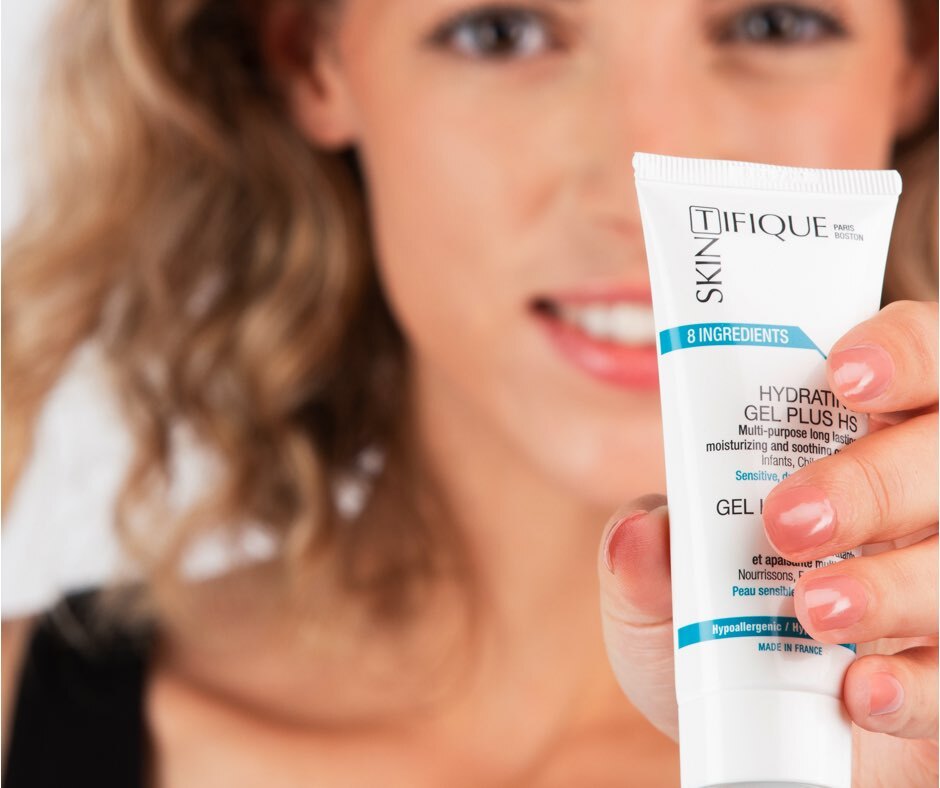

Moisturizing Lotion HP
No nasties · Fragrance-free · Hypoallergenic

